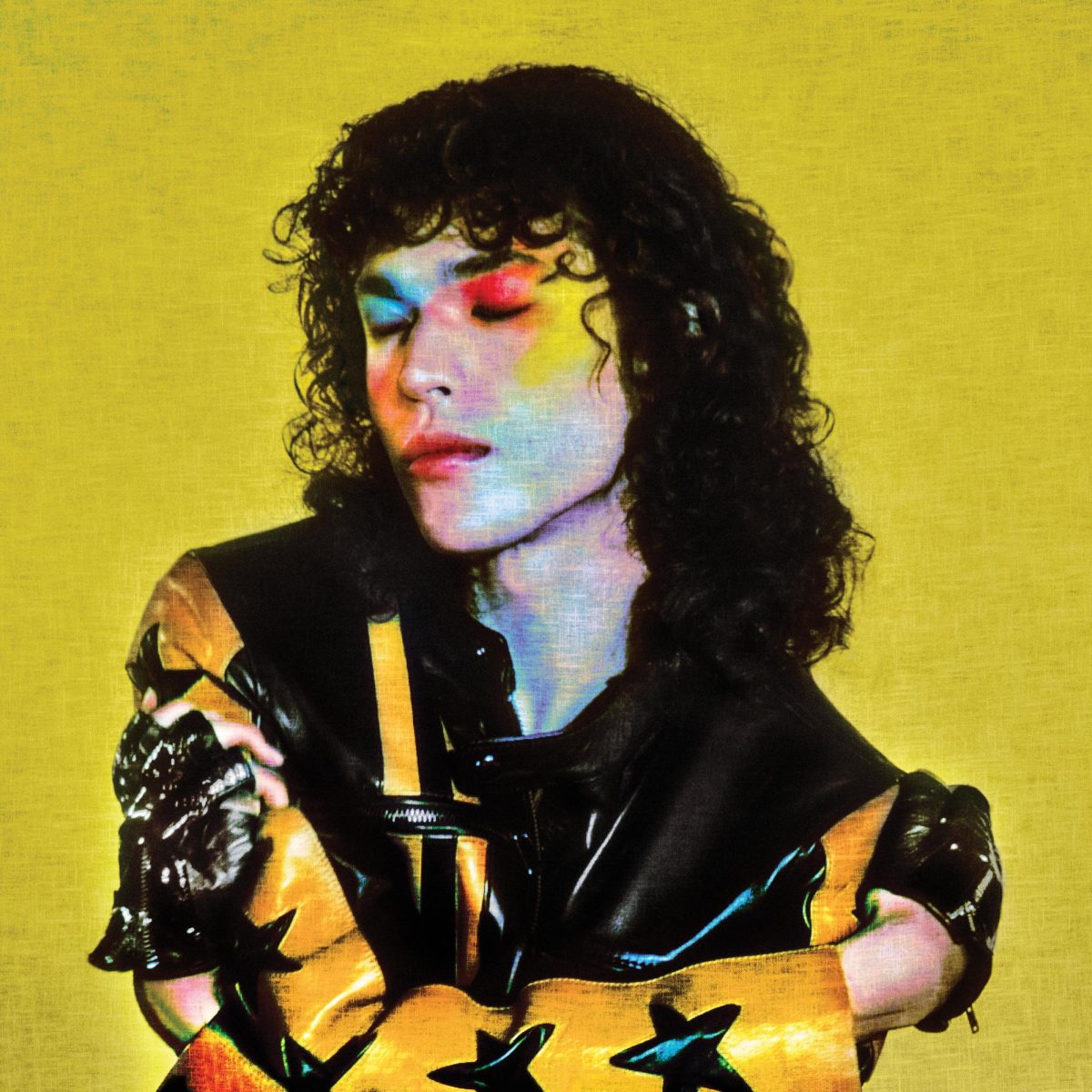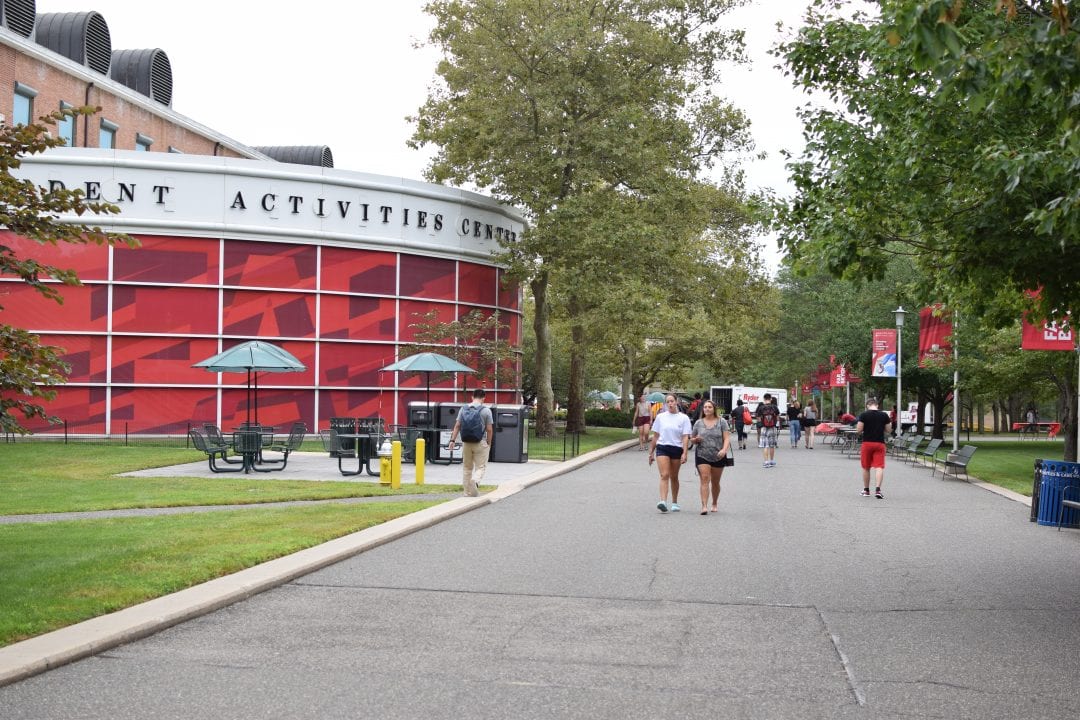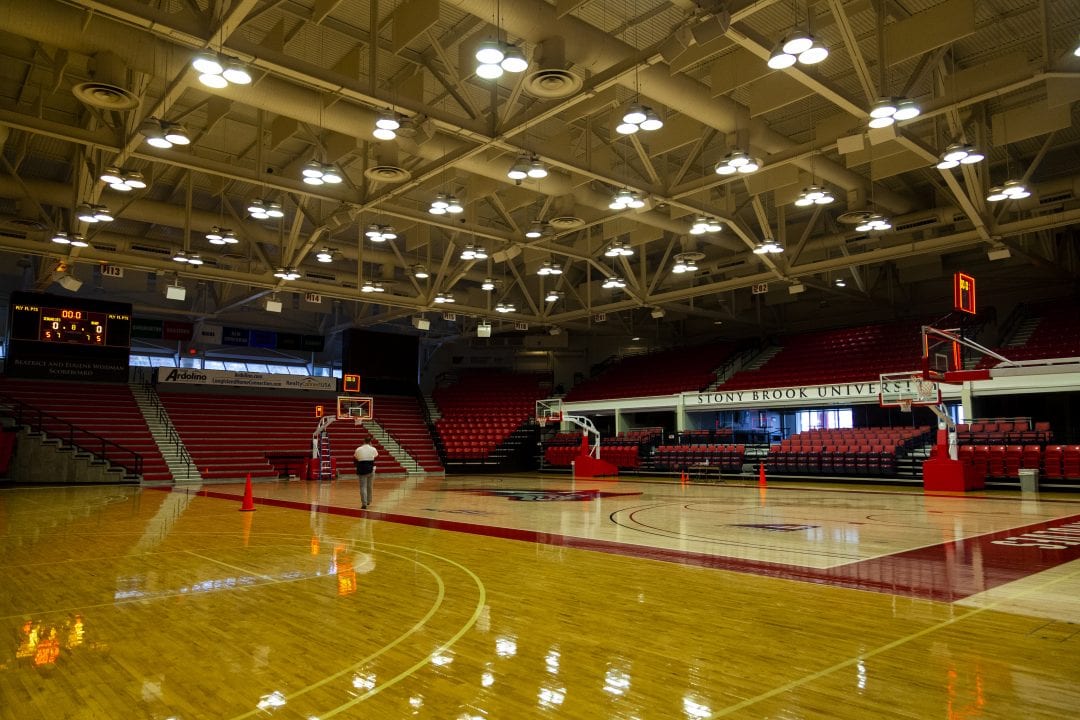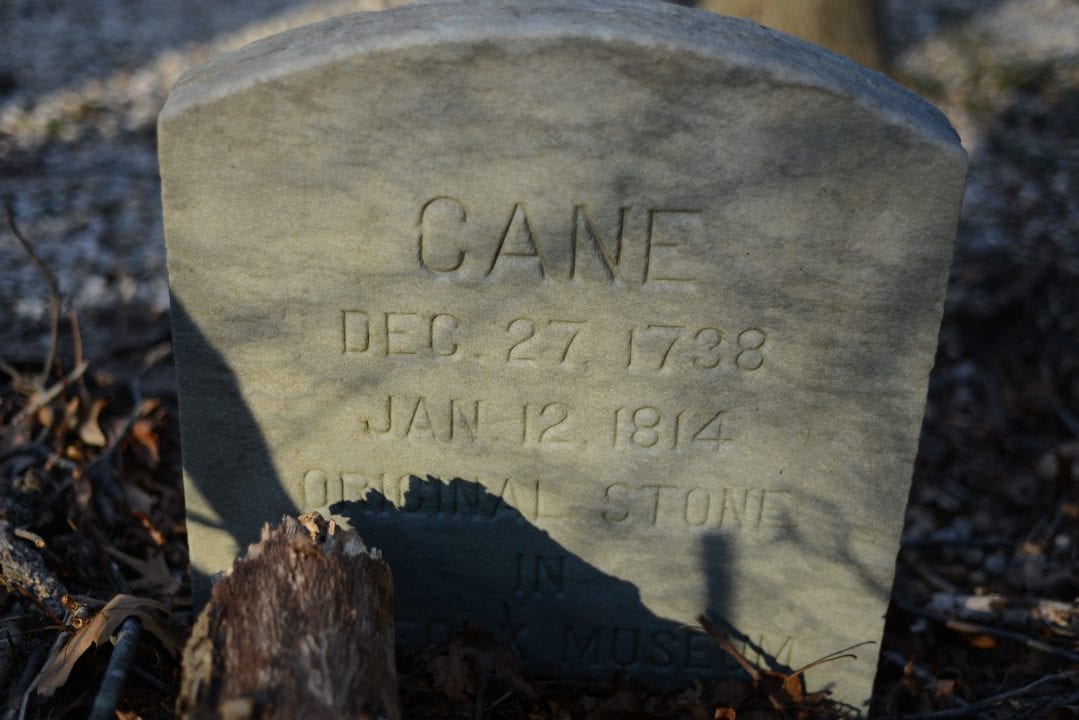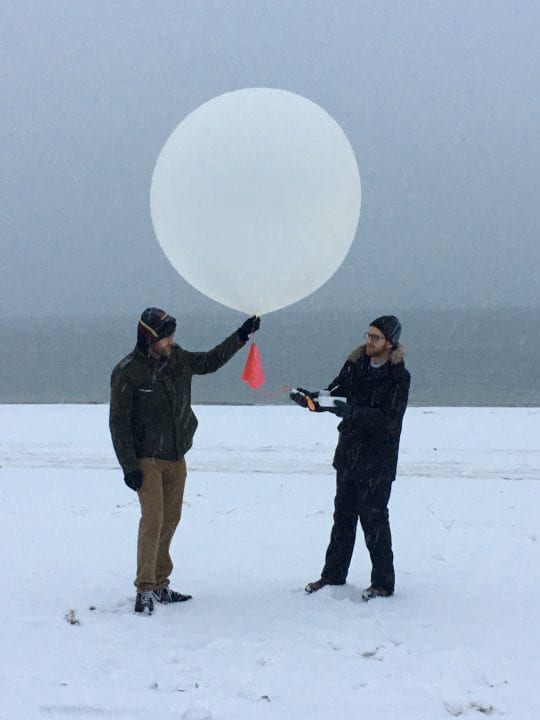
Beauty is in the eye of the beholder, and for playwright and director Izumi Ashizawa, beauty can be found in the least expected visuals.
“The grotesque can be beautiful at the same time,” Ashizawa said.
The director, who is also a professor in the Stony Brook Theatre Arts department, brought her signature dark style to the Staller Center in her latest work, “Woyzeck,” an adaptation of Georg Büchner’s 1913 play.
“Woyzeck” was an intense experience from beginning to end. Set in a German military boot camp, the story revolves around a soldier who loses his grip on reality and his relationships as the struggles of military training take a toll on his mind.
The performance was led by Christopher Johnson, a junior theatre arts major who played the protagonist Franz Woyzeck, and Eloisa Baez, a senior theatre arts major who played Woyzeck’s wife, Marie.
“Woyzeck” did not use a stage or seats. It instead took on an immersive style of theatre, a method in which the action is brought right up to the audience. The audience walked around the theater space throughout the entire performance while the events unfold around them. Actors stood among the audience, watching parts of the show transpire and speaking with them as active participants in the show.
“Personally, I enjoyed the immersive experience way more than the regular format,” Alison Calderon, a sophomore health science major, said, adding that she felt that she was connected to the actors.
The actors echoed Calderon’s sentiments when praising the technique.
“I’m not speaking for everybody, but for myself, personally, it made the show mean more to me,” Kristen Spencer, actress and junior theatre arts major, said.
The structure of the play created a unique challenge for many of the actors.
“It was very demanding, but in that, I felt it was more rewarding,” Johnson said, adding that he felt that this was his favorite experience working with the theatre department so far.
The music and lighting of the performance provided a very ominous perspective to the events, fitting the dark mood of the show. Since a stage was not used, the lighting directed the audience’s focus at any given moment.
“Woyzeck” took on a very physical style of acting, with movement being a key aspect in providing a story of its own, separate from the dialogue. From Johnson’s aggressive actions to the concise, synchronized military soldier movements, the various physical motions brought the military boot camp setting to life.
Senior theatre arts major Cary Lamb Jr., who played the drum major, shared how important it is to have a connection between movement and dialogue in the show.
“During our rehearsal process, [Ashizawa] had us incorporate the lines with movement, and I think that sunk things in a little deeper,” Lamb said. “It was already physicalized as opposed to usual, where you would learn the lines as information and then incorporate movement.”
The plot of “Woyzeck” was open to many interpretations. Ashizawa said she hoped that each audience member walked out of the theater with a different understanding of what occurred.
“If we have 60 audience members, then 60 different answers is what I would really like to have,” she said.
While Ashizawa is used to creating performances from scratch, she said she believed that there could be great potential in continuing to grow her adaptation of “Woyzeck” beyond the show that she has put on at Stony Brook.
“This was the second phase, and I think there can be different phases of transformation,” Ashizawa said. “I would like to take it farther. I don’t know how or when, but I think it will happen.”










